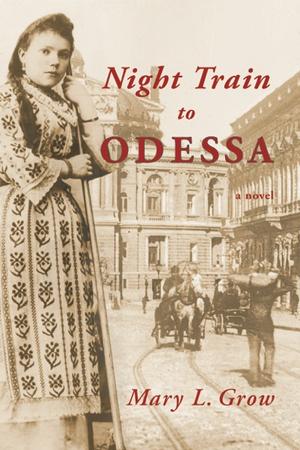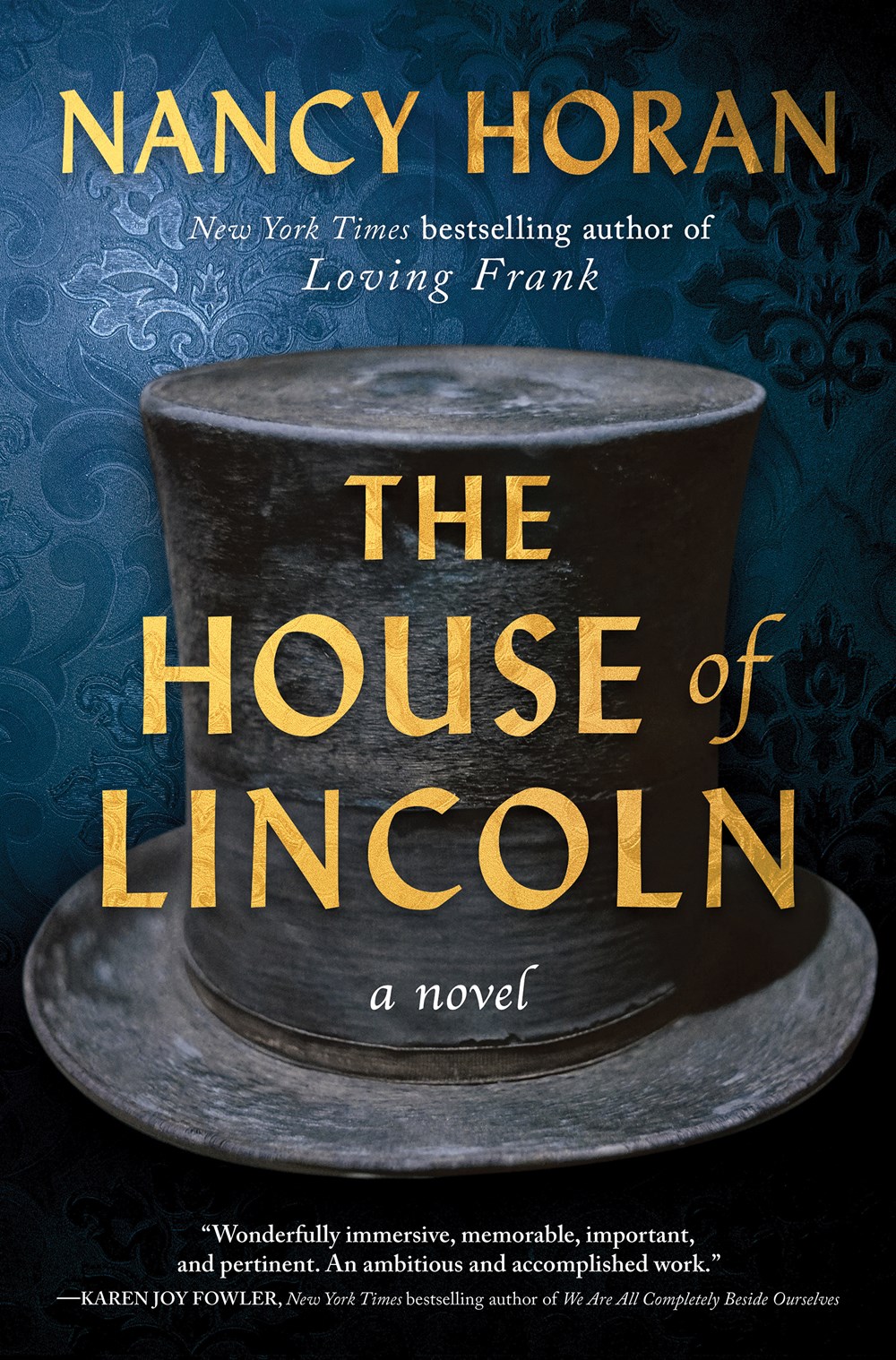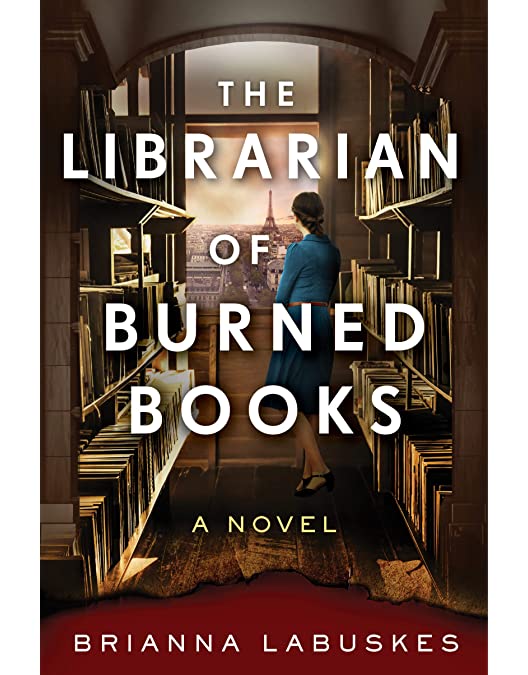Barbara Conaty
77 Articles
Last 30 days
Last 6 months
Last 12 months
Last 24 months
Specific Dates
From:
To:
PREMIUM
Mother Doll
Imagining the afterlife has resulted in unforgettable recent novels like George Saunders’s Lincoln in the Bardo. Apekina’s hallucinatory use of occult communications transforms historical facts and emotional trauma into a phantasmagorical fable of Zhenia’s and Irina’s spiritual journeys. Balancing raucous hilarity with embedded pain, it may be the year’s weirdest one-of-a-kind read.
The Lies You Wrote
 Women pathologists (Patricia Cornwell) and forensic anthropologists (Elly Griffiths) have starred in recent mysteries that appeared on best-of-the-year lists. Through her terrific new heroine, Labuskes has the fire and smarts to join them on the award dais.
Women pathologists (Patricia Cornwell) and forensic anthropologists (Elly Griffiths) have starred in recent mysteries that appeared on best-of-the-year lists. Through her terrific new heroine, Labuskes has the fire and smarts to join them on the award dais.
PREMIUM
Night Train to Odessa
Grow’s novel can be ranked with Marina Lewycka’s A Short History of Tractors in Ukrainian and Jonathan Safran Foer’s Everything Is Illuminated in capturing the essentials of modern Ukraine.
The House of Lincoln
 Meticulously researched, brilliantly paced, and written for most levels of readers, this is the historical fiction genre at its very best.
Meticulously researched, brilliantly paced, and written for most levels of readers, this is the historical fiction genre at its very best.
PREMIUM
The President’s Wife
Wood’s book is a stately and dignified account that is beautifully leavened by intimate glimpses of Edith and Woodrow in their happiness, grief, anger, and optimism.
PREMIUM
The Librarian of Burned Books
Terrific research buttresses strong writing that will keep readers riveted. Molly Guptill Manning’s When Books Went to War and Ray Bradbury’s Fahrenheit 451 are great tandem reads for Labuskes’s latest.
PREMIUM
In a Land Without Dogs the Cats Learn To Bark
Twenty years in the making, this saga alludes to the romantic work of Lermontov while also doing a great reprise of the jazz scene in Tbilisi. Compelling notes of Keith Gessen, Gary Shteyngart, and Jonathan Safran Foer will resonate for readers keeping up with Soviet absurdities in ex-USSR states.
PREMIUM
Daughters of Victory
Reminiscent of Janet Fitch’s novels about the Russian Revolution, Saab’s book indulgently lingers too long in several plot complications.
PREMIUM
The Last Russian Doll
Loesch’s writing can be lyrically evocative. Many red herrings and detours mar the story’s momentum so that the strong opening pages fade to a mélange of thriller, mystery, and fantasy.
ALREADY A SUBSCRIBER? LOG IN
We are currently offering this content for free. Sign up now to activate your personal profile, where you can save articles for future viewing










